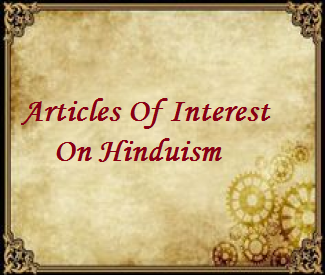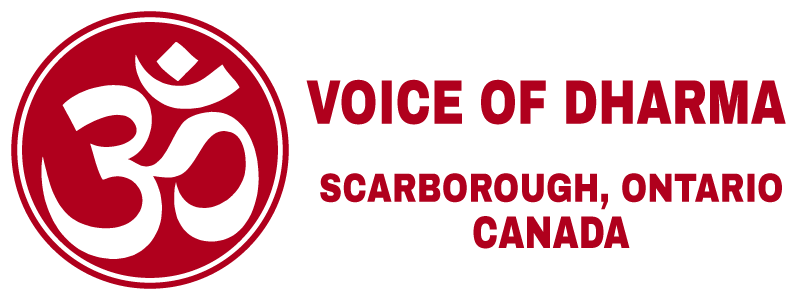
Articles on Hinduism Original
November 30, 2018
Deepavali
September 10, 2019Gita Jayanti is celebrated on the Ekadashi of Margsheersha, Shukla Paksha. This is the day on which Sanjay narrates the dialog between Bhagwaan Krishna and Arjuna to the blind king Raja Dhritrashtra. The Gita or the Bhagwad Geeta as it is commonly known is also called The Divine Song or The Celestial Song.
When Arjuna faces his moment of crisis and sinks to his knees, on the battlefield of Kurukshetra, Bhagwaan Krishna exhorts and teaches him the Universal Truths and our roles of play in the grand scheme of life.
The Voice of the Gita is the call of the Supreme Himself calling on all of us to become more engaged in the Wheel of Life and to participate willingly in this World and in so doing make ourselves better. Following our special and individual talents and skills we must purify ourselves and our surroundings by our actions. The range of actions that we engage in must at once nurture and benefit this world and all around us.
Our actions at all times and in all situations are to be guided by our Dharma both individual and collective. The things we do in our lifetimes must leave this world in a better place that we found it and this is the calling for all.
We are all of us without exception caught up in daily living and all the attendant trials and tribulations of living. We live in a complex society – changes are fast and often over-whelming. We are caught up in a vortex of confusion, debilitation, delusion and darkness.
It is at these moments in our lives where the Teachings of the Gita can help to bring us out of the seeming darkness or ignorance. Its’ teachings are both Primordial and Mystical. Primordial because it is grounded on Eternal Truths and Mystical because we can experience the touch of the Divine or the Creator for ourselves.
It is a work consisting of 18 chapters summing a total of 700 slokas. These teachings have been placed in the MahaBhaarata ,Bhishma Parvan, Chaptters 25 to 42, by the ancient muni Veda Vyaas. The teachings contained in it ranges through the limbs or disciplines of Yoga, Philosophy, Psychology and Common Sense.
Throughout its expounding Arjuna is listening and asking questions and is slowly raised up and out of his dilemma or crisis and finally arises ready to face the situation at hand.
The Gita is a Teaching, not a Preaching. This is the hallmark of the Dharmic Traditions. The Teacher teaches and answers questions and ultimately it is up to the listener to cogitate in his/her mind what has been heard and understood and to act out of that center.
For as it closes we hear the following from both the Teacher and the Taught:
Wisdom most profound have I taught to thee O Arjuna. Has thine delusion been lifted.
By Your Grace O’ Krishna I have gained wisdom. I am free of all doubt.
Jaya Sri Krishna.
By The Hindu Professional Society of Canada (HPSC).

